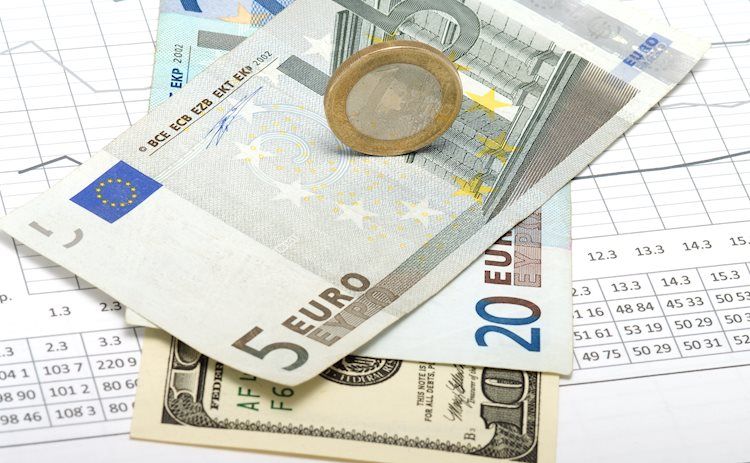The EUR/USD pair is currently trading around 1.0880 in Tuesday’s early European session, with a negative outlook prevailing below the 100-day EMA and bearish RSI indicator. The immediate resistance level is seen at 1.0931, while the first downside target is at 1.0800. The uncertainty surrounding the US presidential election outcome is weighing on the Greenback and providing support to the Euro. Analysts at ING Bank note that a Republican clean sweep could send the dollar higher, while a Harris win might have a stronger impact on USD. However, the dollar may not rally at all if Trump wins but Democrats secure the US House of Representatives.
Technically, the EUR/USD pair maintains a bearish vibe on the daily chart as it remains below the key 100-day EMA. The RSI indicator also supports the downward momentum, standing below the midline near 47.25. This suggests that the path of least resistance is to the downside. The 1.0800 psychological level serves as an initial support level for EUR/USD, with the next level at 1.0770-1.0760. A breach of these levels could expose 1.0666, the low of June 26. On the upside, the first barrier for the pair is near 1.0931, the 100-day EMA, followed by 1.0951 and the crucial 1.1000 round mark.
The Euro is the currency for the 19 European Union countries in the Eurozone and is the second most heavily traded currency in the world after the US Dollar. In 2022, it accounted for 31% of all foreign exchange transactions, with an average daily turnover of over $2.2 trillion. EUR/USD is the most heavily traded currency pair, accounting for approximately 30% of all transactions. The European Central Bank (ECB) based in Frankfurt, Germany, is the reserve bank for the Eurozone and sets interest rates and manages monetary policy to maintain price stability.
Eurozone inflation data, measured by the Harmonized Index of Consumer Prices (HICP), is important for the Euro. If inflation rises above the ECB’s 2% target, it may require the ECB to raise interest rates. Data releases such as GDP, Manufacturing and Services PMIs, employment, and consumer sentiment surveys can also impact the Euro’s direction. A strong economy is beneficial for the Euro as it attracts more foreign investment and may lead to an increase in interest rates. The Trade Balance is another significant data release for the Euro, measuring the difference between exports and imports over a period.
In conclusion, the EUR/USD pair remains steady around 1.0880 in Tuesday’s early European session, with a negative outlook below the 100-day EMA. The US presidential election outcome uncertainty is weighing on the Greenback and providing some support to the Euro. Technically, the pair is bearish on the daily chart, with key support levels at 1.0800 and 1.0770-1.0760. On the upside, resistance levels are at 1.0931, 1.0951, and 1.1000. The Euro is the currency for the 19 Eurozone countries and is the second most traded currency globally. Data releases such as inflation, GDP, and Trade Balance can impact the Euro’s strength. Overall, market participants are closely monitoring the US election outcome and its potential impact on the EUR/USD pair.











